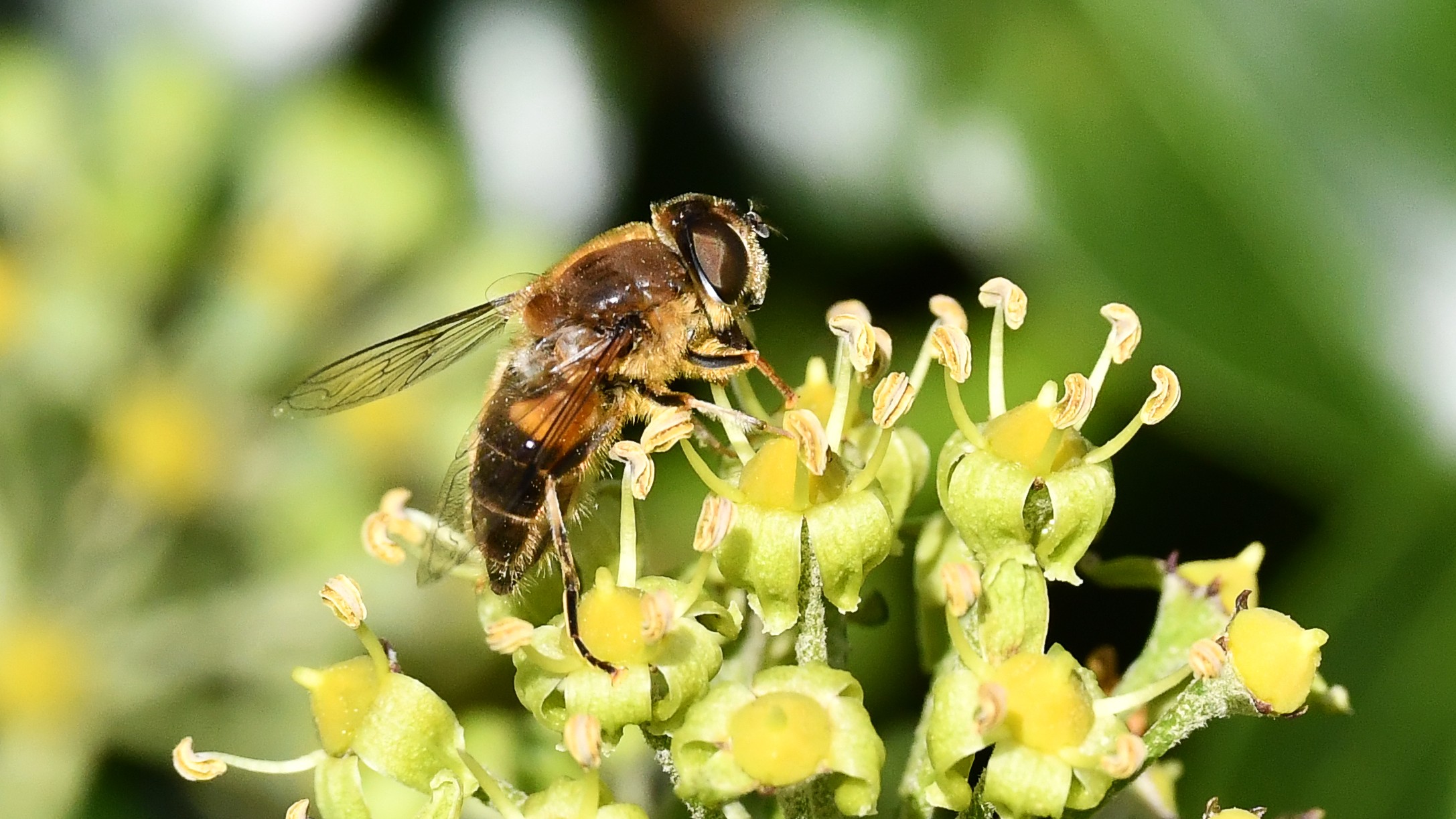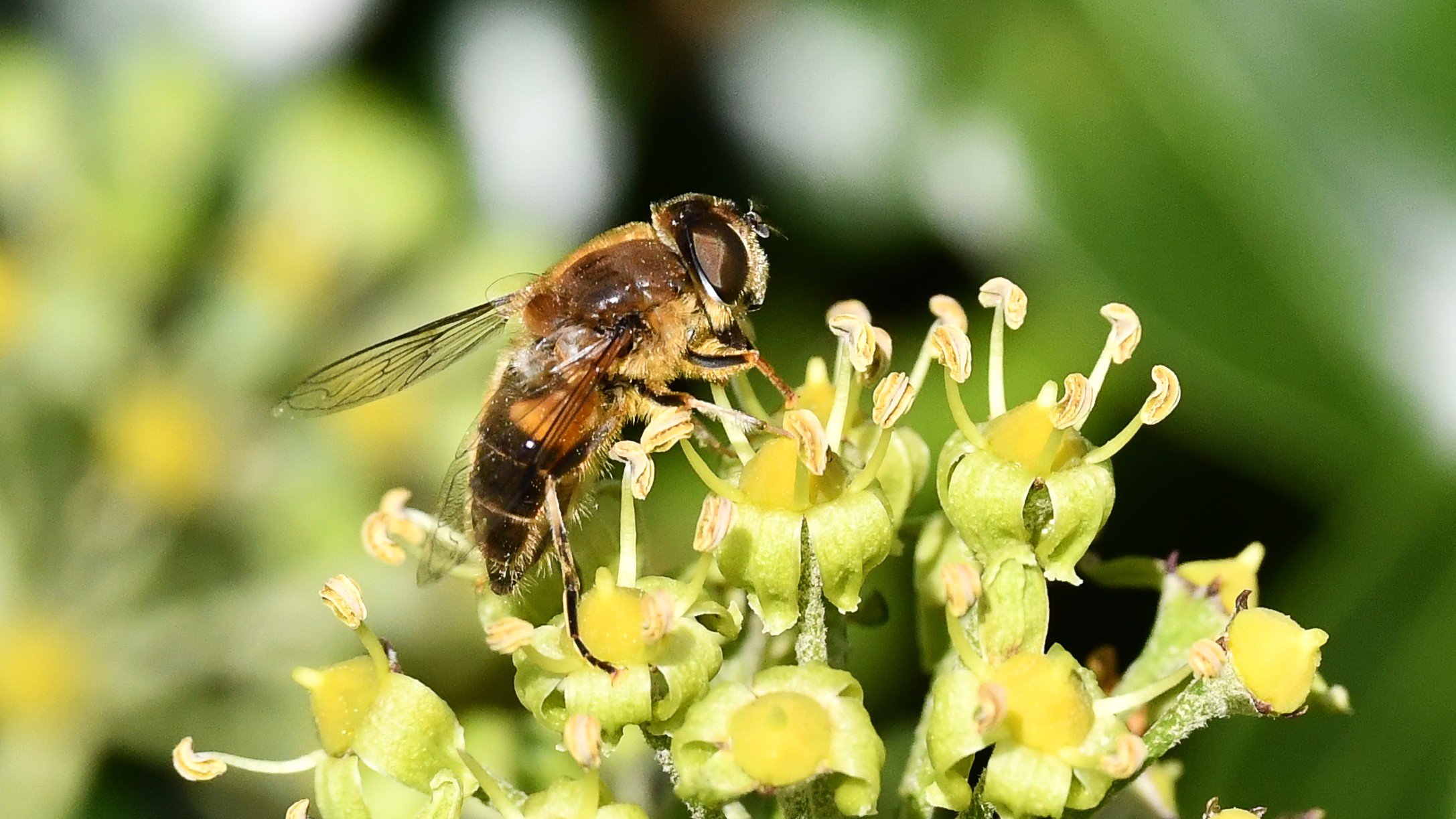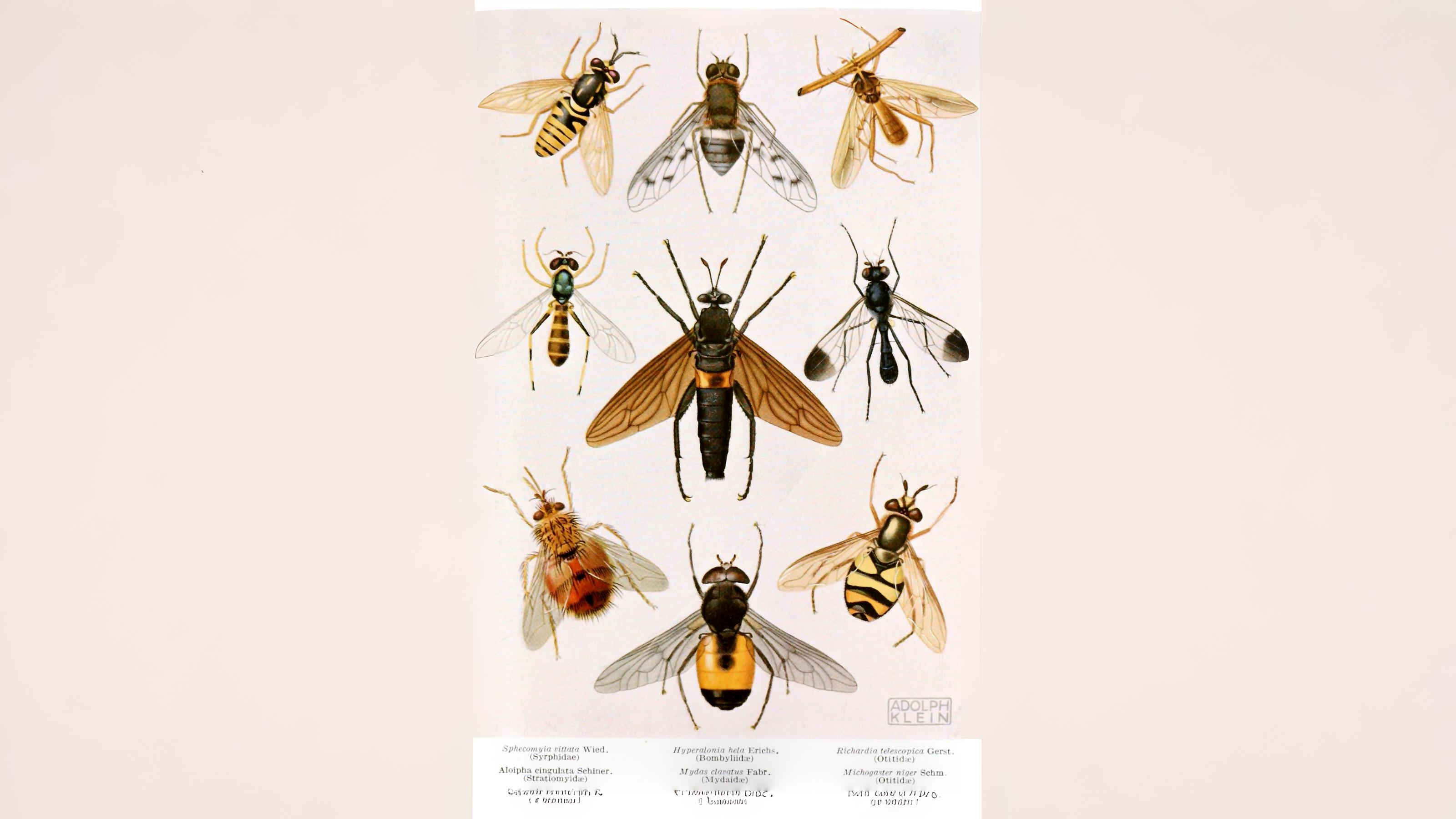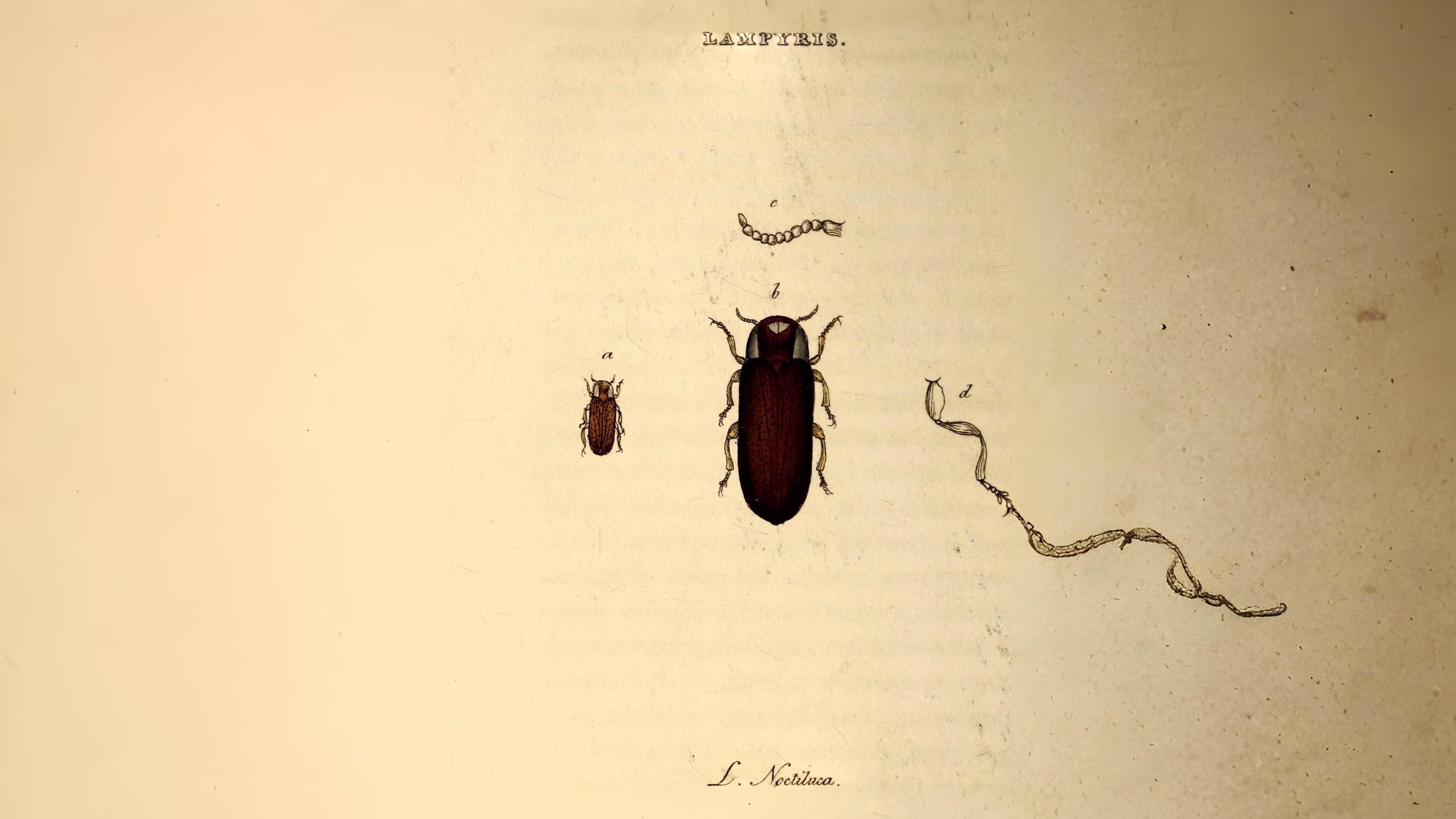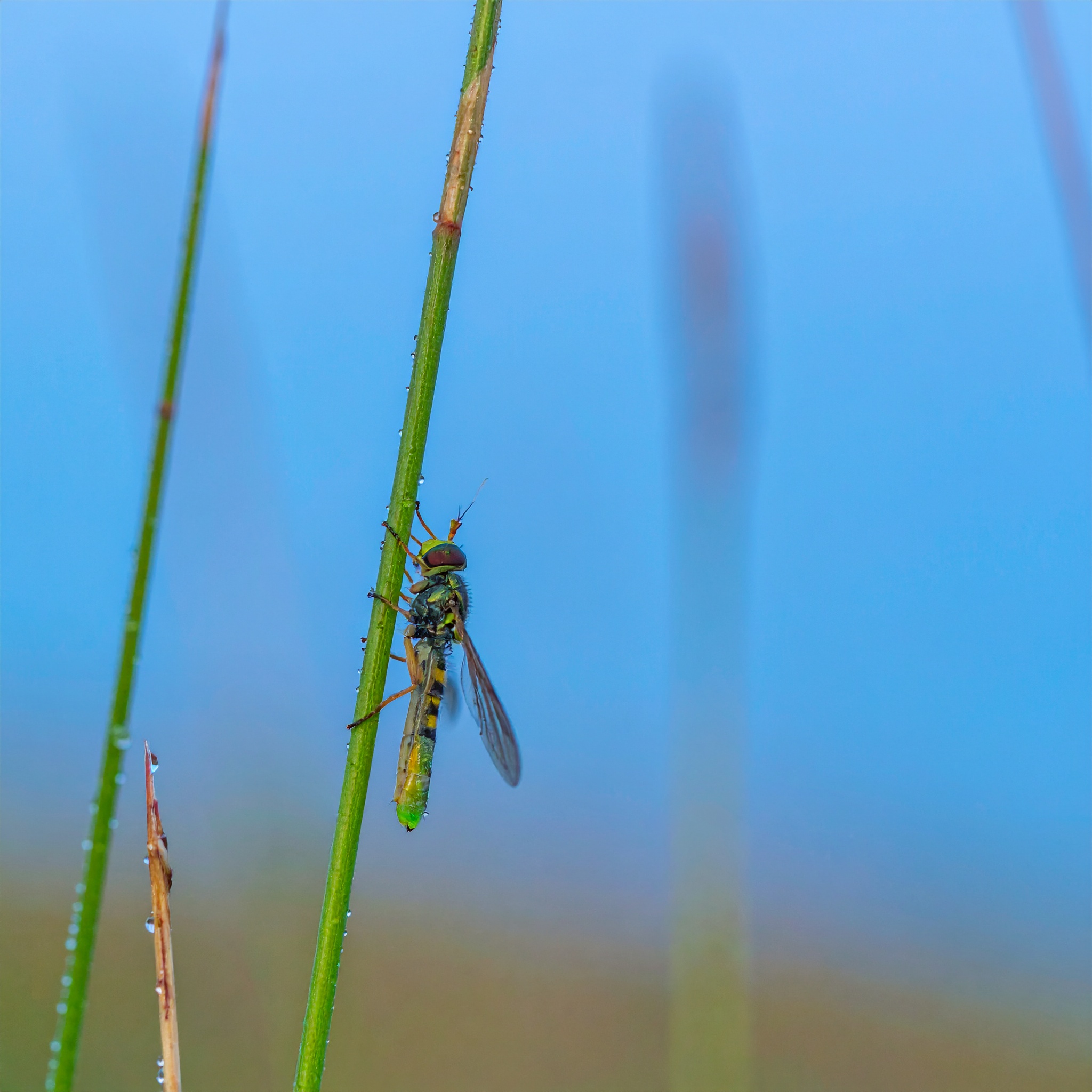
Did you know London has flies that turn horses’ stomachs into nurseries, and glow-worms that sparkle like fairy lights in Biggin Hill’s meadows? Discover why clegs deliver the most painful bite (invisible jaws!), how hoverflies perform aerial acrobatics, and which insect migrants swarm over the Thames looking like hornets. Return July 28 to explore the capital’s most bizarre flies—the good, the bad, and the glowing.


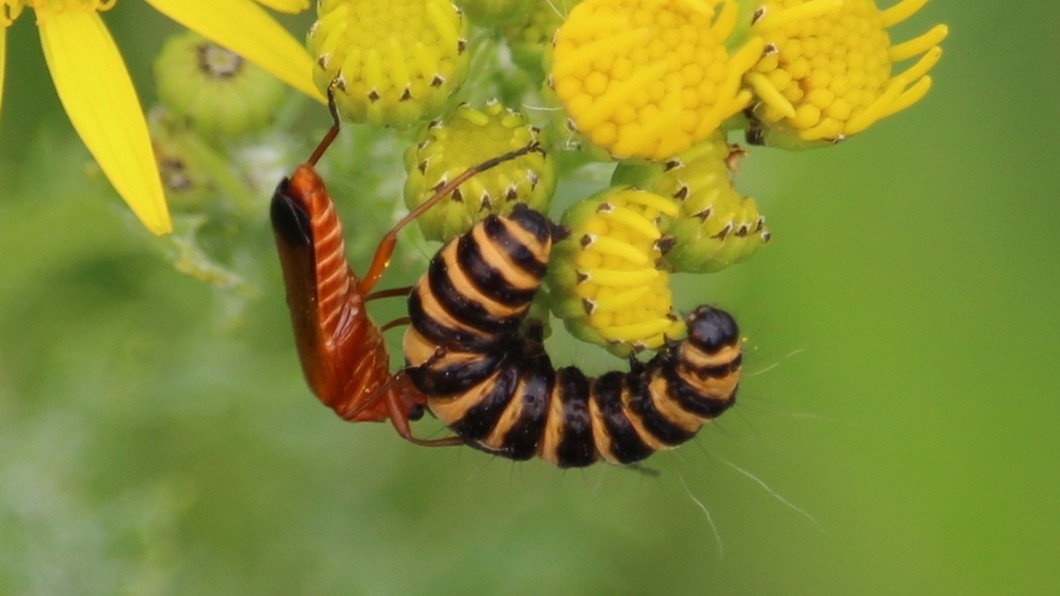

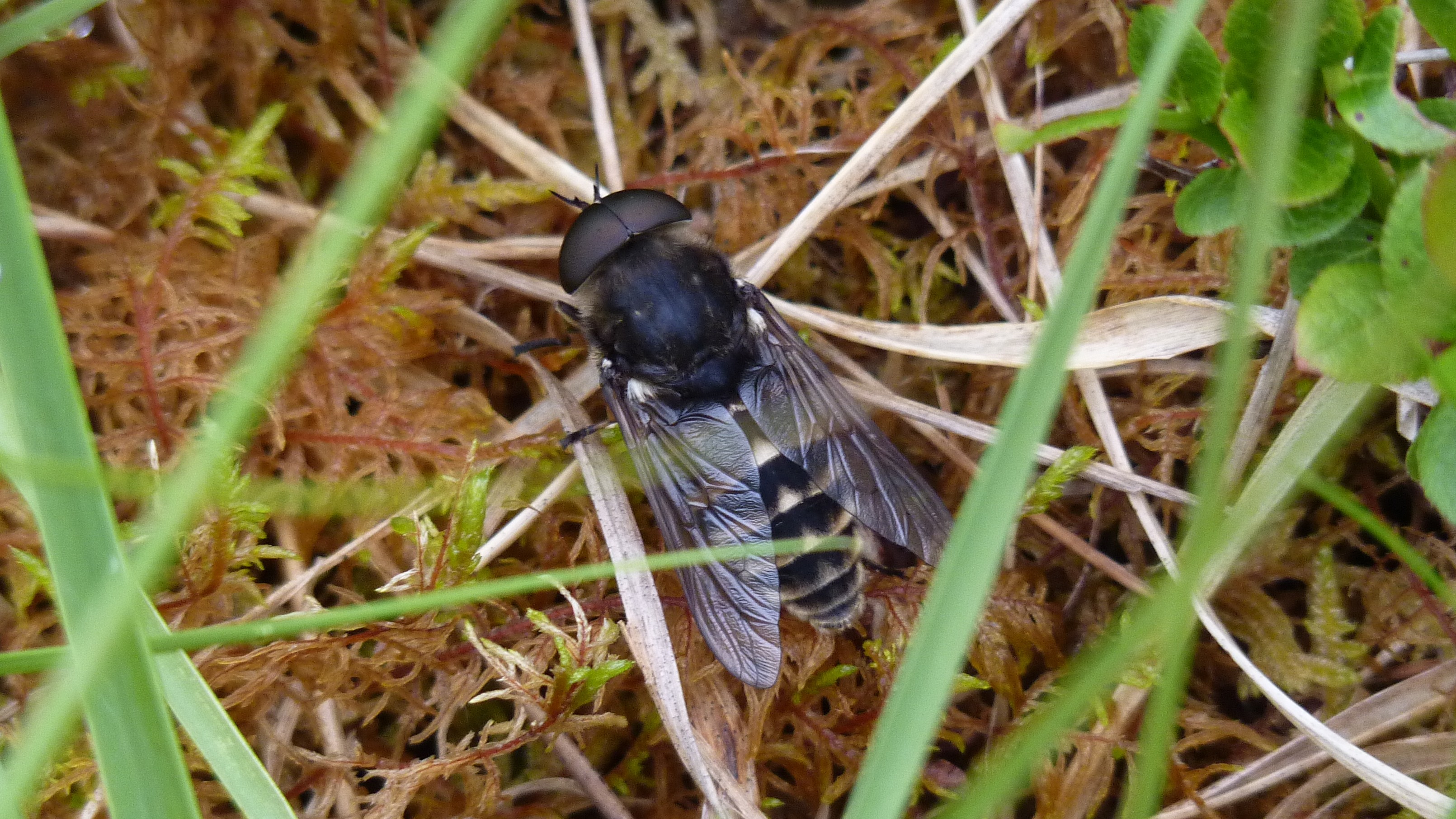



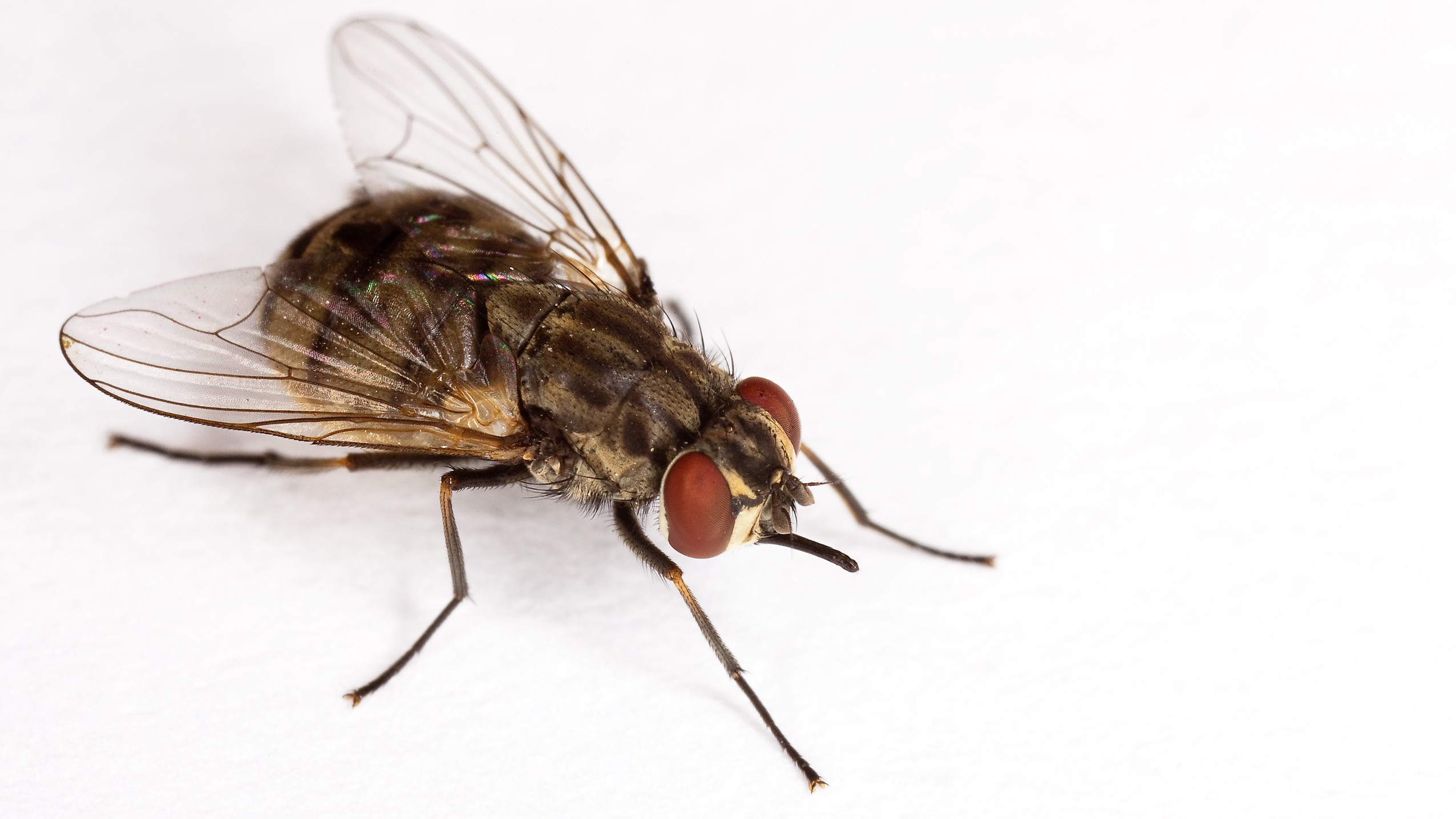

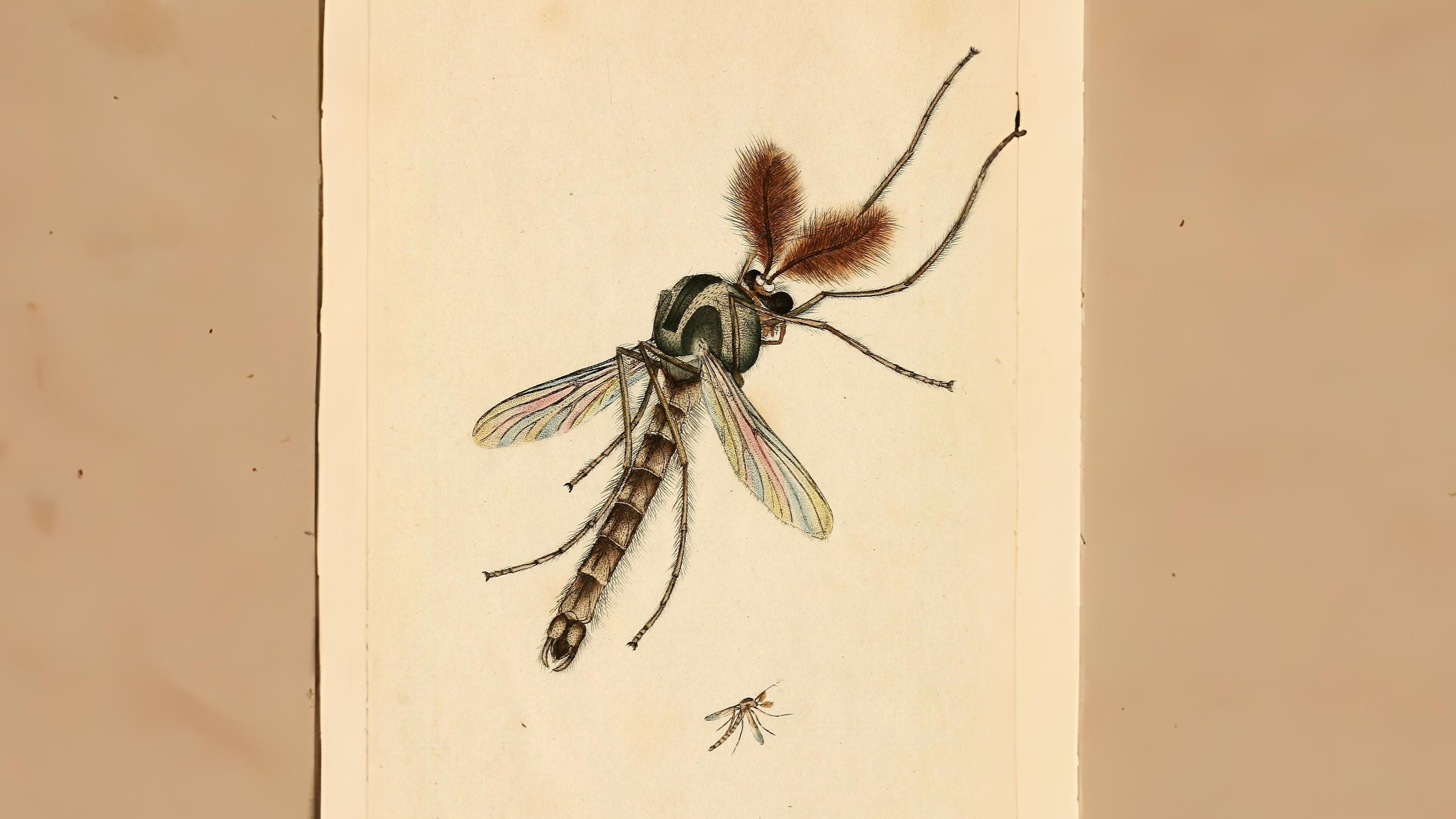



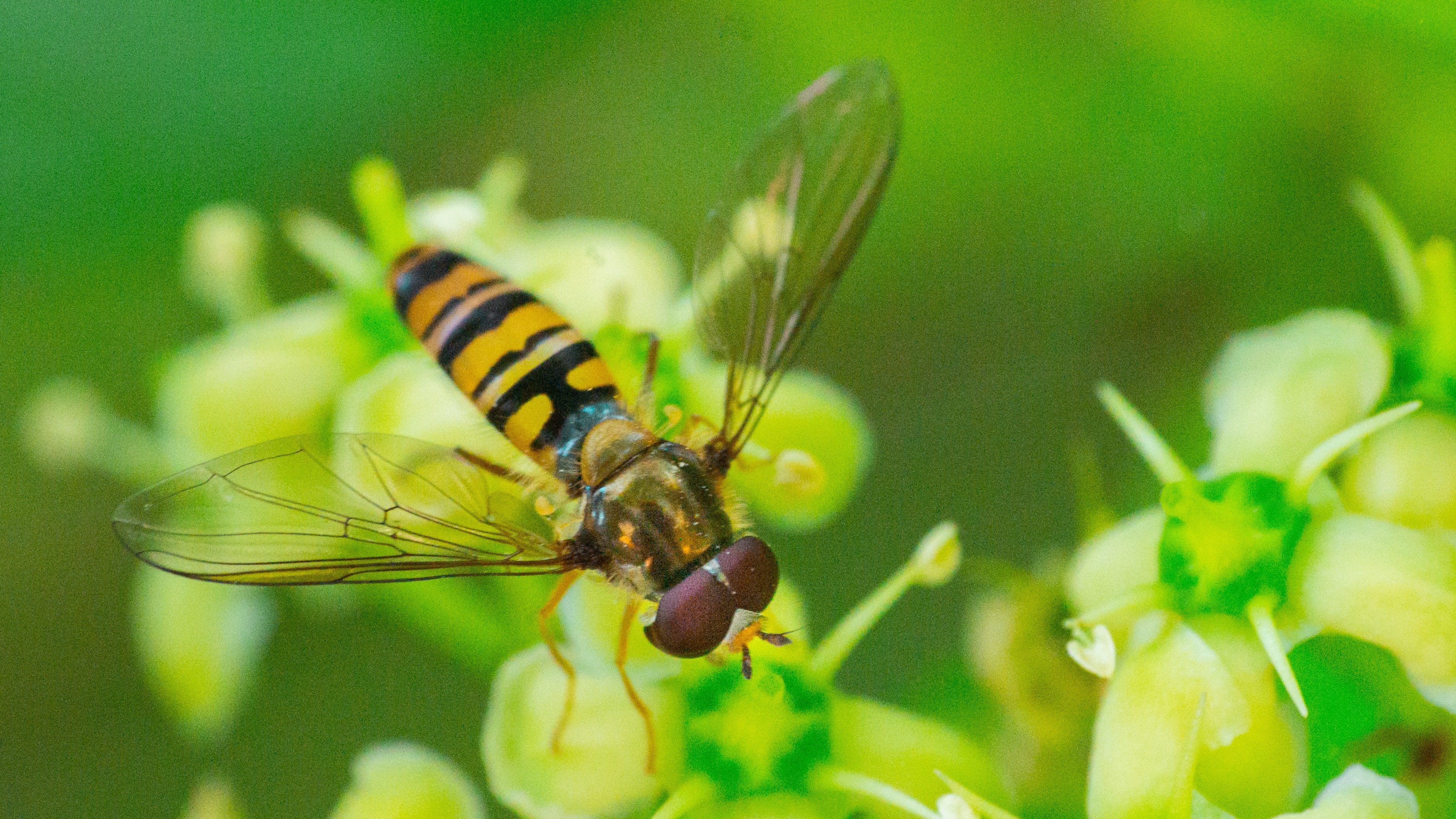

There are in the region of two hundred species of hoverfly in London, living in a wide variety of habitats. Not all of them look like small, hovering wasps. Some are mimics of bees or wasps. There are also many immigrants.
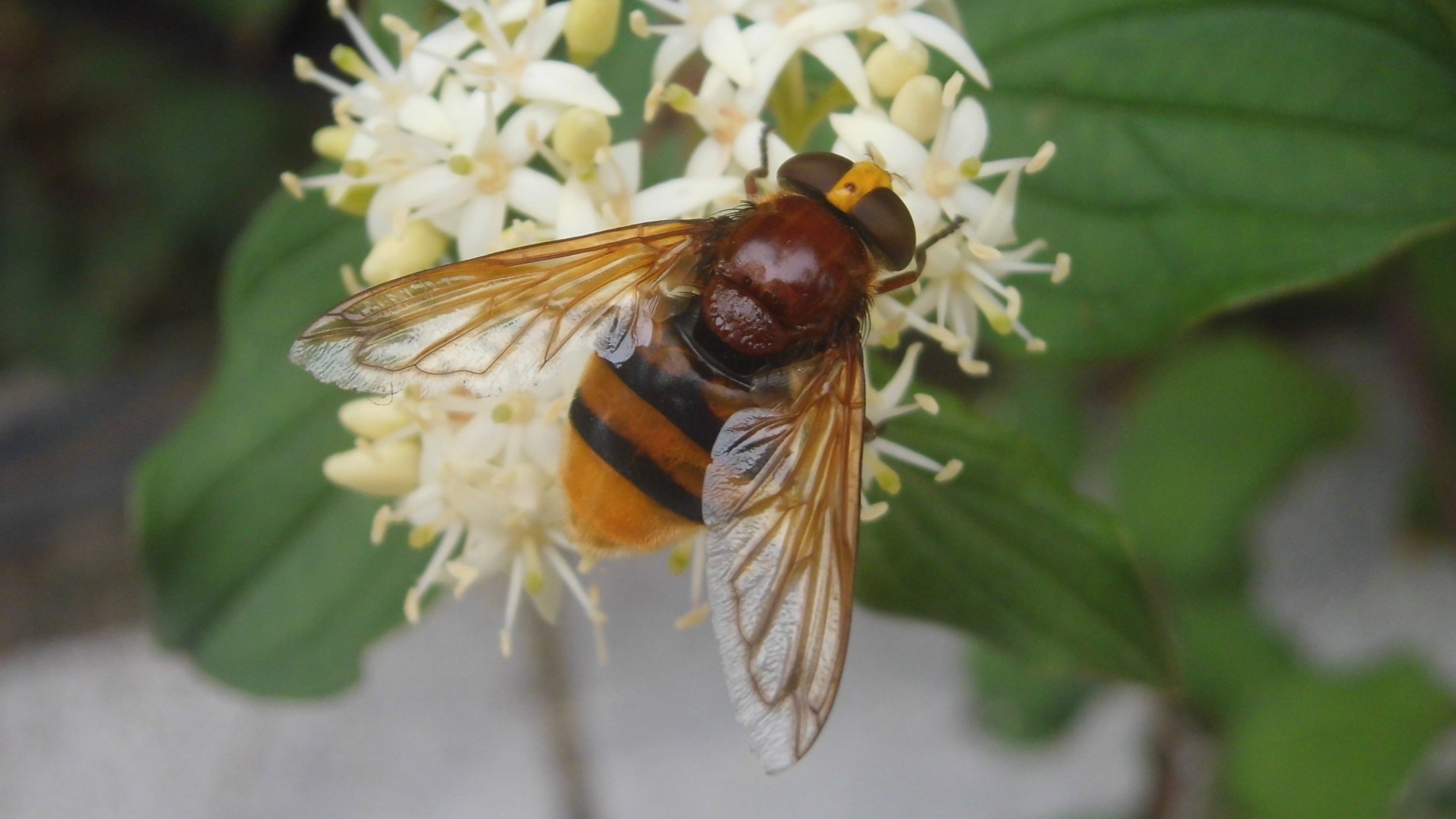

Among the vast number of different hoverflies, there are others that are more easily recognised. Syrphus ribesii makes a distinctive whining sound. Rhingia campestris has an impressively large and dangerous-looking beak. Chrysotoxum cautum is identified by its very large, round abdomen and Volucella pelucens by its shiny, black bottom. Mostly, identification is difficult, especially if they are bee or wasp mimics. Volucella bombylans even comes in several different colour forms depending which bee it is mimicking. One or two have English names. Helophilus pendulus is called the ‘sun fly’ due to its habit of basking in the sun and Eristalis tenax the ‘drone fly’ as it looks so much like a honey bee drone.
